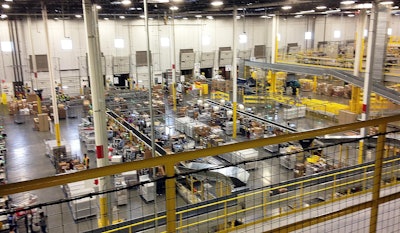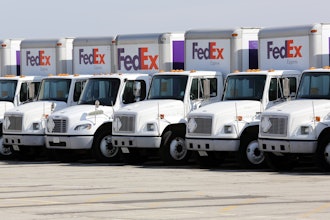
A record number of robots were shipped to North American companies in 2018, according to numbers recently released by the Robotics Industries Association (RIA). The trade group tallied over 35,000 units shipped to North American companies during the twelve-month period, a year over year increase of 7 percent.
Of particular note, according to RIA, is a shift that suggests robots are being incorporated into a greater array of businesses. For many years, the automotive industry has been the prime user of robots in the workplace, but that sector actually dipped a bit. In 2018, the automotive industry bought robots at 12 percent lower rate.
The gap was more that covered by spikes in other industries, including consumer goods (up 48 percent) and plastics and rubber (up 37 percent).
“While the automotive industry has always led the way in implementing robotics here in North America, we are quite pleased to see other industries continuing to realize the benefits of automation,” Jeff Burnstein, President of the Association for Advancing Automation (A3) said in a statement.
Automotive still accounted for 41 percent of all new robot units shipped, but it increasingly appears that the automation trend is ramping up in the distribution space. Part of the evolution is driven by changing economic factors that mean robotic solutions aren’t limited to the major players anymore.
“Small and medium-sized companies are using robots to solve real-world challenges, which is helping them be more competitive on a global scale,” says Burnstein.
Record or not, the full integration of robotics into warehouse spaces is likely a ways off.
Ron Flanary, senior vice president of national operations at Southern Glazer’s, recently recounted to The Wall Street Journal his company’s experience with automation. Bringing robots into their business model allowed the alcoholic beverage distributor to consolidate from five warehouses across the state of Florida to a single facility. There were initial workforce reductions, but many of the laid off employees were hired back when business increased.
“I think there will be a time when we have a ‘lights out’ warehouse, and cases will come in off trucks and nobody sees them again until they’re ready to be shipped to the customer,” Flanary said. “The technology is there. It’s just not quite cost-effective yet.”
Main image: An Amazon distribution center in Tracy, California employs robotics and other new technology to help workers process the annual onslaught of shopping orders. (AP Photo/Brandon Bailey).






















